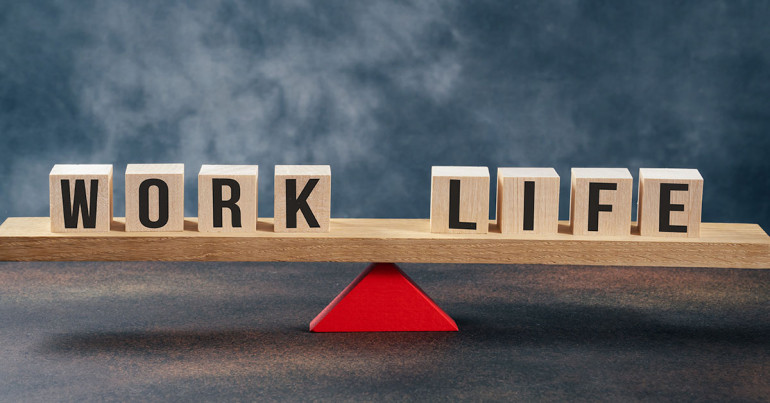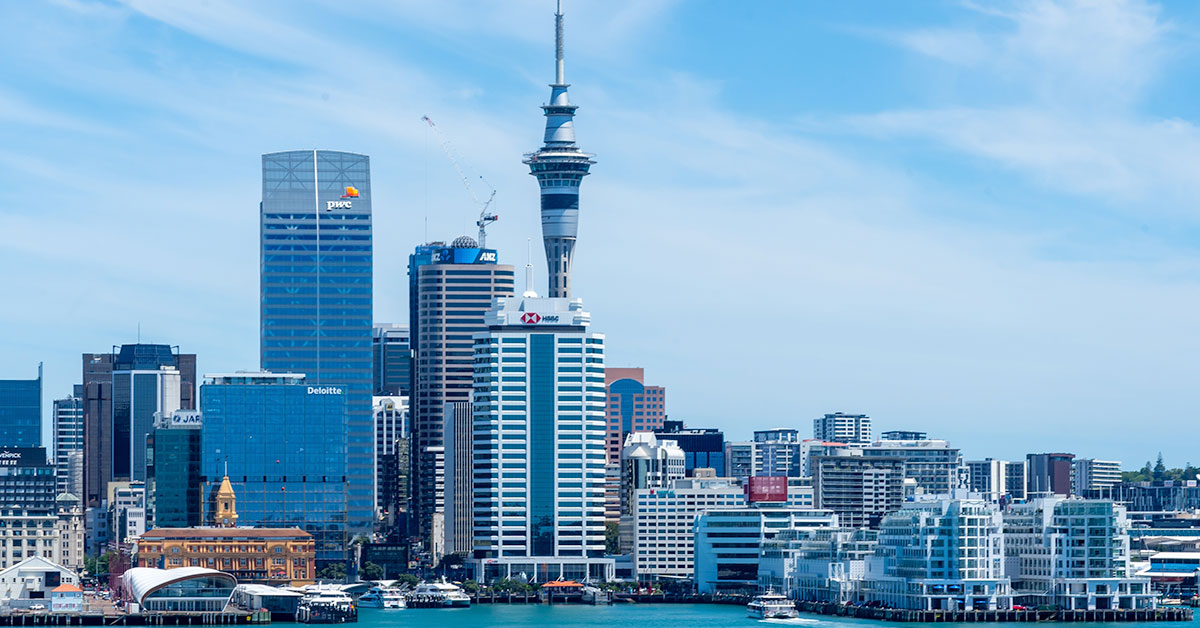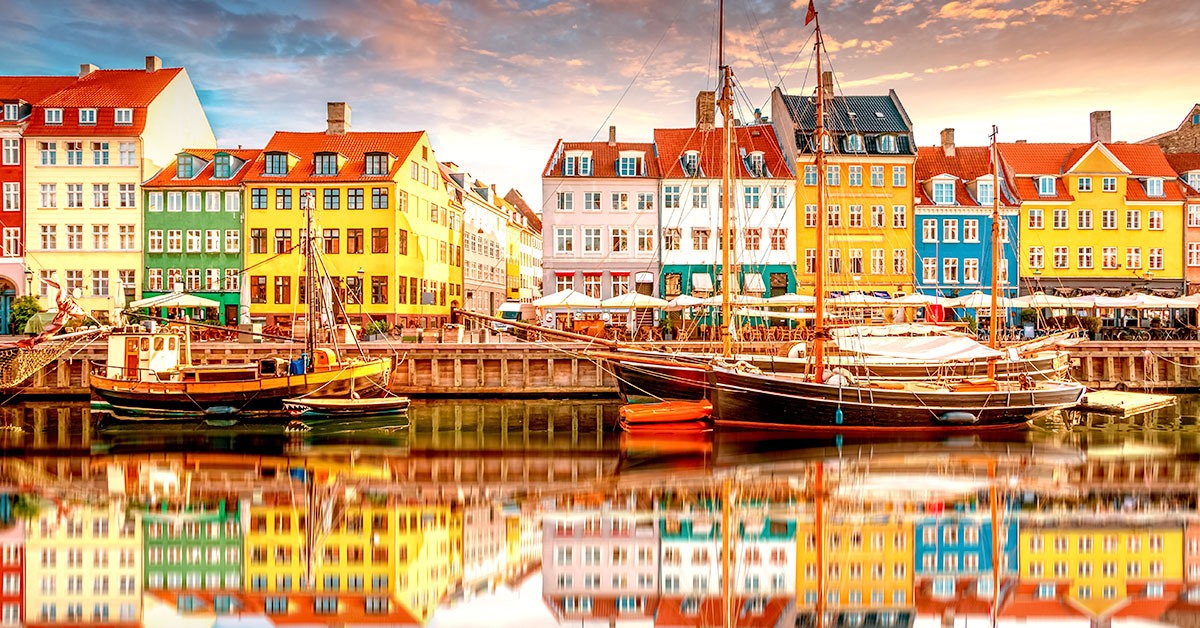
What does it mean to be a country with a good work-life balance? Is it even possible to define? While these questions may seem difficult to answer, especially since one individual’s experience in a country will be vastly different to another depending on age, profession, location etc., there are a number of metrics we can use to assess the work-life balance offered by a country.
For example, governments may seek to support employees through policy, or there may be certain cultural factors in play at the workplace – particularly for those looking to pursue a professional goal without sacrificing elements of a personal life.
Some concrete metrics include the number of days for statutory annual leave (typically between 25 and 36), the limitation on working hours, the percentage of people working overtime, the strength of social support systems and the culture surrounding flexible work. At the employer level, there may be legal protections like comprehensive sick pay, parental leave, the right to request flexible working conditions, and legally mandated breaks/rest periods. Through analysis of these metrics, we can move towards comparing countries on their strength in work-life balance.
Top 3 Work-Life Balance Countries
Remote’s Global Life-Work Balance Index utilises a range of metrics for reflecting how well a nation’s residents can prioritise their personal well-being alongside professional responsibility. In addition to the legal metrics discussed in the introduction, they make assessments on the quality of healthcare, and safety based on the Global Peace Index. Other indicators include the Happiness Index, based on self-reported surveys, in addition to an LGBTQ+ inclusivity index scored from 0-100. Combining each of these metrics, the top 3 countries are as follows:
-
New Zealand

With a score of 80.76, New Zealand tops the Global Life-Work Balance Index, offering 32 days of annual leave, a high minimum wage combined with a strong economy, and government-funded universal healthcare.
-
Ireland

Having recently jumped from 24th to 1st place in the European rankings, Ireland comes in second, with a high minimum wage of $13.96 per hour, improved statutory sick pay policies, and a high public safety score.
-
Denmark

Denmark comes third, boasting a short average working week with generous annual leave – some sectors are even trialling a four-day working week. Furthermore, Denmark has consistently been ranked among the world’s happiest nations.
Other top countries included:
- Belgium
- Spain
- France
- Australia
- Finland
- Norway
- Canada
- Slovenia
Some key observations of the Remote Global Life-Work Balance Index show us that 6 out of the 10 top countries are European. Considering factors of minimum wage, maternity leave, healthcare quality, public happiness and LGBTQ+ inclusivity, Europe is leading the way in these metrics. Comparatively, the United States Ranks fairly low at 53rd, while India is at 43.
What makes New Zealand the best country for work-life balance?
Other than the metrics discussed, New Zealand houses a work culture that is fundamentally different to many other countries. One Canadian expat noted that people in New Zealand view work as a “means to an end – not your whole life”. The prioritisation of family, personal well-being, recreation, travel and leisure time is clear in New Zealand’s society. Some of the lifestyle advantages include an emphasis on the outdoors and an active lifestyle. Workplaces offer flexible working hours and remote work options, with a strong support for personal time and well-being. Unique to New Zealand’s, the laid-back professional environment has a welcoming local culture with rich Māori influences – combine this with the stunning natural landscape and you have an environment conducive to work life balance. While not perfect, New Zealand’s approach demonstrates their holistic commitment to striking this balance, and is ultimately why it topped the Global Life-Work Balance Ranking.
What unique policies does Denmark have to support work-life balance?
While New Zealand’s strength lay in its cultural foundations, Denmark has taken a creative approach to policy that has allowed it to climb the rankings of the life-work balance index. For example, the short official workweek of 37 hours allows most employees to leave work by 4 or 5 PM, allowing plenty of time for personal activities or family time. While the OECD average for those working over 50 hours per week is 10% of employees, only 1% of Danes are working over this amount. Employees are granted a generous amount of paid leave, at least five weeks. Denmark also provides 36 days of statutory annual leave when public holidays are included. The ‘Flexjobs’ scheme allows employees to request adjusted working hours, or alterations to the work itself to cater better to individual requirements. Culturally, the approach where results are valued, rather than hours worked has fostered a working environment of trust and autonomy.
How does Spain’s siesta culture contribute to work-life balance?
While not ranking in the top 3, Spain’s unique siesta culture has existed for centuries, promoting rest, flexibility and well-being. With roots in the Roman Empire, and subsequently Spain’s agricultural past where midday rest was necessary in the hottest hours of work, the practice remains, albeit adapted for modern society. Typically a 20-30 minute midday nap, the siesta has been shown to improve cognitive function, memory and mood by regulating cortisol levels and promoting relaxation. This is linked to long-term health benefits such as a lower risk of cardiovascular disease and diabetes. Certain studies have also shown that siestas actually increase productivity, reducing the need for working overtime. Today, the traditional 2-3 hour siestas are less common in urban areas like Madrid or Barcelona, where shorter lunch breaks or “power naps” are a popular alternative. Despite the challenges from globalisation and homogenisation of work culture, the siesta remains a symbol of Spanish commitment to work-life balance.
Conclusion
For many, work-life balance is a crucial factor in deciding where to relocate. Through analysis of the Global Life-Work Balance Index, we see that certain countries excel in fostering an environment where an individual can thrive both professionally and personally. New Zealand has particular strength in a cultural emphasis on personal well-being and flexible working, whereas Denmark takes an innovative approach to policies that promote a structured but healthily balanced working environment.
While no approach is perfect, the examples explored in this article show that a balanced life is achievable and beneficial for individuals and society as a whole. As the global work culture continues to develop, we can look to these nations as models for helping us to create healthier and more fulfilling professional lives.
As always, for currency news and insight into the world of currency, make sure to stay up to date with our Expert Analysis, as well as our daily Market Commentary.
Caleb Hinton
Caleb is a writer specialising in financial copy. He has a background in copywriting, banking, digital wallets, and SEO – and enjoys writing in his spare time too, as well as language learning, chess and investing.






